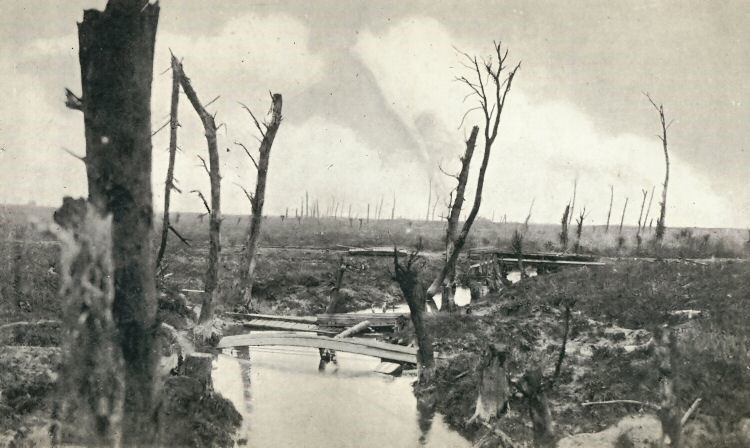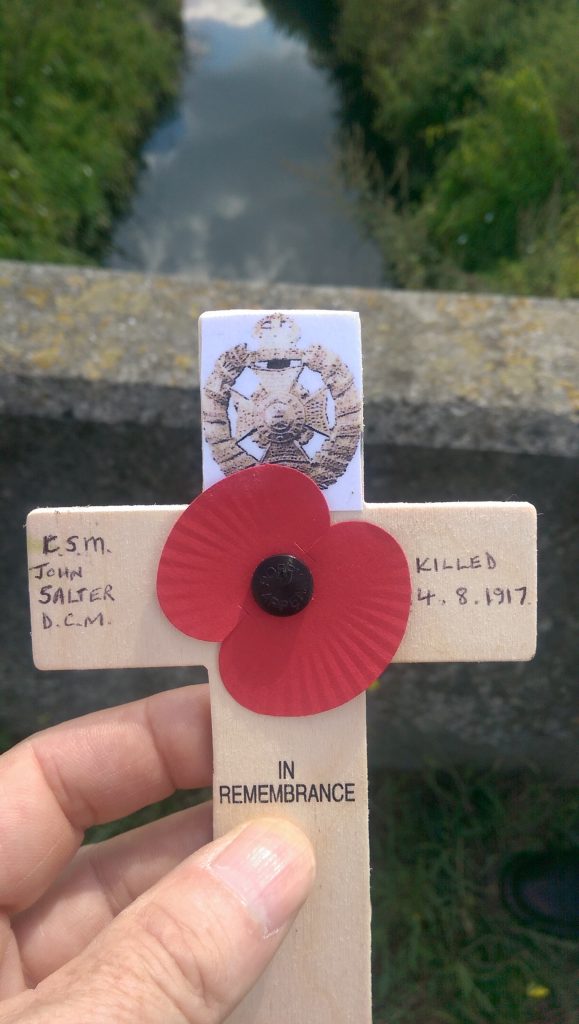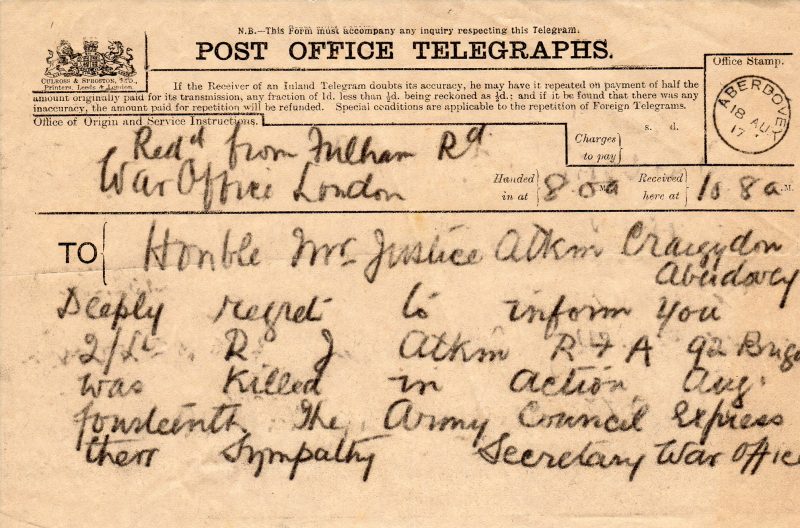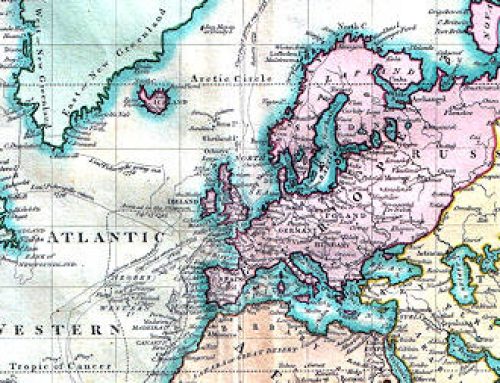On the 15th August Lizzie Atkin received the news that her son and brother had both been killed on the 14th. Addressed to Atkin Esq, the telegram to her husband was opened by her youngest son.
Lieutenant Maurice Hemmant was her younger brother. Educated at Tonbridge School and Pembroke College, Cambridge, he was a keen sportsman. He went to the rubber plantations in Malaya, (possibly to join his brother-in-law, Robert Lawrence Atkin). At the outbreak of war, he returned to England and joined the Rifle Brigade. Posted to France in November 1915, he was invalided home in early 1916. He returned to France in April 1917. Died aged 29.
2nd Lieutenant Richard (Dickie) Atkin was Lucy Hemmant’s third child and oldest son. Educated at Winchester school, he left in April 1915, just after his 18th birthday, to go to Woolwich. He was then posted to the Royal Field Artillery. Wounded on the Somme in October 1916, he returned to the 92nd Brigade, RFA. In the first week of August 1917 he was transferred to A (18 pounder) battery. Died Aged 20.
What were these two men doing on the 14th August? The preliminary stages of the Third Battle of Ypres finished on the the 2nd of August, and the next attack, the Battle of Langemarck was not launched until the 16th of August.
It turns out that both Richard Atkin and Maurice Hemmant were involved in the same action. The prelude to Langemarck required a small stream called the Steenbeek to be crossed. 
The Steenbeek, after heavy rain, had become a serious military obstacle, and the Rifle Brigade and Lancashire Fusiliers were required to establish positions across the stream to provide space for the British forces to marshal before the main attack and allow the engineers to bridge the stream.
On Tuesday 14th August, whilst advancing with his men about 100 yards to the east of the Steenbeek, Maurice Hemmant had taken shelter in a shell hole. He left the shelter to call his men on, and was killed by a sniper with a bullet through his back and heart. An account is given in the letter written by Rifleman Walter Grand. Maurice has no grave, and his name is inscribed on the Menin Gate, which records all casualties up to the 16th August. His name is recorded on Bay 46, Stone H. *
The same day, at daybreak, Richard Atkin’s 18 pounder battery was covering the crossing of the Steenbeek by the infantry. Shortly after the start a shell hit the gun pit where he was standing, killing him and his crew instantly. He was buried along with three of his crew, in Dragoon Camp Cemetery, close to where he died.
Within 2 miles and a few hours, Lucy Hemmant had lost both a son and brother.
On the 14th August the Allied forces succeeded in bridging the stream, and at 4:45 am on the 16th of August troops advanced to launch the battle of Langemarck.
*Postscript – we visited the Steenbeek, site of Maurice’s death, on the 14th August 2017, and a cross in the ground by by the bridge recorded the name of Company Serjeant Major John Salter, Rifle Brigade, killed on the same day. Like Maurice Atkin, his body is not marked on a grave, but is on the Menin Gate. Goo d to know he too is remembered.
d to know he too is remembered.
On the other side of the road is an Albertina Memorial to commemorate the start of the September 1918 offensive



